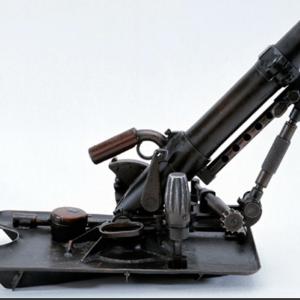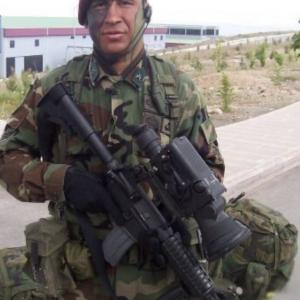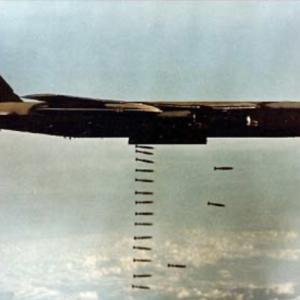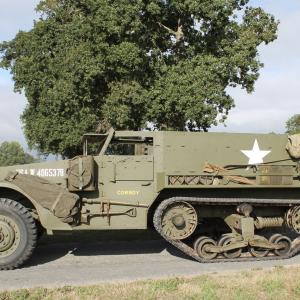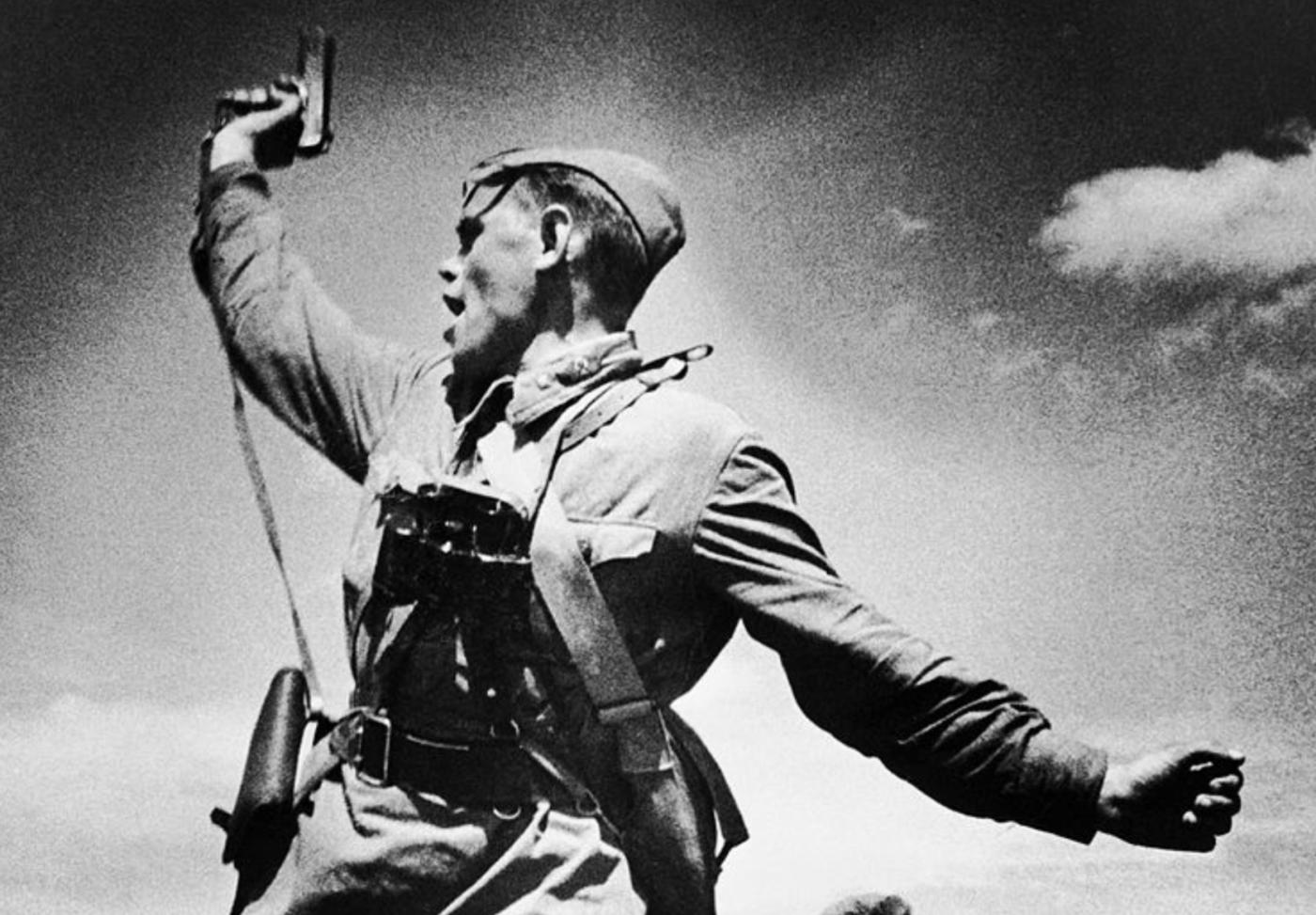
Russian tactics with limited weapons
During the early stages of World War II, the Soviet Red Army faced immense challenges. One of the most significant was the catastrophic impact of Operation Barbarossa, the German invasion of the Soviet Union in June 1941. The surprise assault caused the rapid collapse of Soviet front-line units, resulting in massive losses of men, weapons, and territory. The chaos of these early battles highlighted severe shortages in military equipment, particularly among infantry units. In response, Soviet officers were forced to adopt extreme measures to maintain combat effectiveness, including the controversial practice of making soldiers share weapons and harsh punishments for perceived cowardice.
The Soviet Union’s industrial base was not initially prepared to support a full-scale war of attrition against the technologically advanced German Wehrmacht. Many newly formed Soviet rifle divisions were sent into battle with insufficient arms, especially in 1941 and 1942. In some instances, commanders distributed rifles at the rate of one per two or three men. Soldiers were ordered to pick up weapons from fallen comrades as they advanced. This method, while criticized in post-war analyses, was a desperate response to logistical shortfalls rather than standard military doctrine. It became a stark symbol of the Red Army’s early-war struggles and the brutal realism of fighting in the Eastern Front.
These harsh conditions were paired with a rigid system of discipline. Soviet military leadership, under orders from Joseph Stalin, enforced strict control over their troops through the use of NKVD (People’s Commissariat for Internal Affairs) blocking detachments and field tribunals. One of the most infamous orders was Stalin’s Order No. 227, issued on July 28, 1942. The decree contained the famous line “Not one step back!” and forbade unauthorized retreats. It established penal battalions and special units behind the front lines whose purpose was to arrest or shoot any soldier attempting to flee. This order was intended to restore morale and prevent the mass surrenders that had plagued earlier battles, such as those in Kiev and Minsk. Soldiers who were seen as cowards or who failed to advance could be summarily executed on the spot or sentenced to penal labor.
The fear of execution, along with intense propaganda emphasizing patriotism and duty, contributed to the Red Army’s ability to eventually turn the tide of the war. However, the psychological toll on Soviet troops was immense. They faced not only the guns of the German army but also the constant threat of punishment from their own commanders. Despite these conditions, the Red Army began to rebuild and reorganize by late 1942, improving logistics and weapon distribution. But the legacy of early-war improvisation and discipline tactics persisted throughout the conflict.
The weapons used by Soviet soldiers during the war were varied but centered around a few key firearms. One of the most iconic was the Mosin-Nagant M91/30 bolt-action rifle. It was the standard-issue rifle for the majority of Soviet infantry and had been in service in various forms since the late 19th century. Durable and reliable, the Mosin-Nagant was widely produced but, in the early war years, not in sufficient quantity to arm all front-line troops. This contributed to the weapon-sharing phenomenon in under-equipped units.
In addition to the Mosin-Nagant, Soviet forces employed submachine guns such as the PPSh-41. This weapon became particularly popular due to its high rate of fire, ease of manufacture, and suitability for close-quarters combat in urban or forested environments. The PPSh-41, with its distinctive drum magazine, was eventually mass-produced in the millions and became a symbol of Soviet resilience during the brutal street fighting in cities like Stalingrad. For officers and select troops, semi-automatic rifles like the SVT-40 were also used, though their complex mechanisms made them less favorable under field conditions.
Machine guns also played a crucial role. The DP-28 light machine gun, often called the "record player" due to its top-mounted drum magazine, provided suppressive fire at the squad level. Heavier machine guns like the Maxim M1910 were used in defensive positions and during prolonged engagements. In many Soviet units, particularly early in the war, crews were often under-trained, and shortages of ammunition or spare parts were common. Nevertheless, as Soviet industry improved and the Lend-Lease program brought in additional resources, these logistical issues were gradually addressed.
The human cost of the Soviet Union’s methods was staggering. Millions of soldiers died on the Eastern Front, many due to the harsh conditions imposed by their own military leadership. Penal battalions, formed as a result of Order No. 227, were often sent on suicide missions with minimal support. Soldiers accused of cowardice or desertion faced swift and brutal retribution. NKVD troops patrolled behind the front lines to prevent retreats, and mass executions were not uncommon in the early war years.
Despite the brutality, these policies were effective in the narrow sense of maintaining order during a time of chaos. Over time, the Red Army evolved into a more competent and better-equipped force, eventually pushing back the German invaders all the way to Berlin. But the early years of the war remained marked by desperation, improvisation, and the extreme enforcement of discipline.

